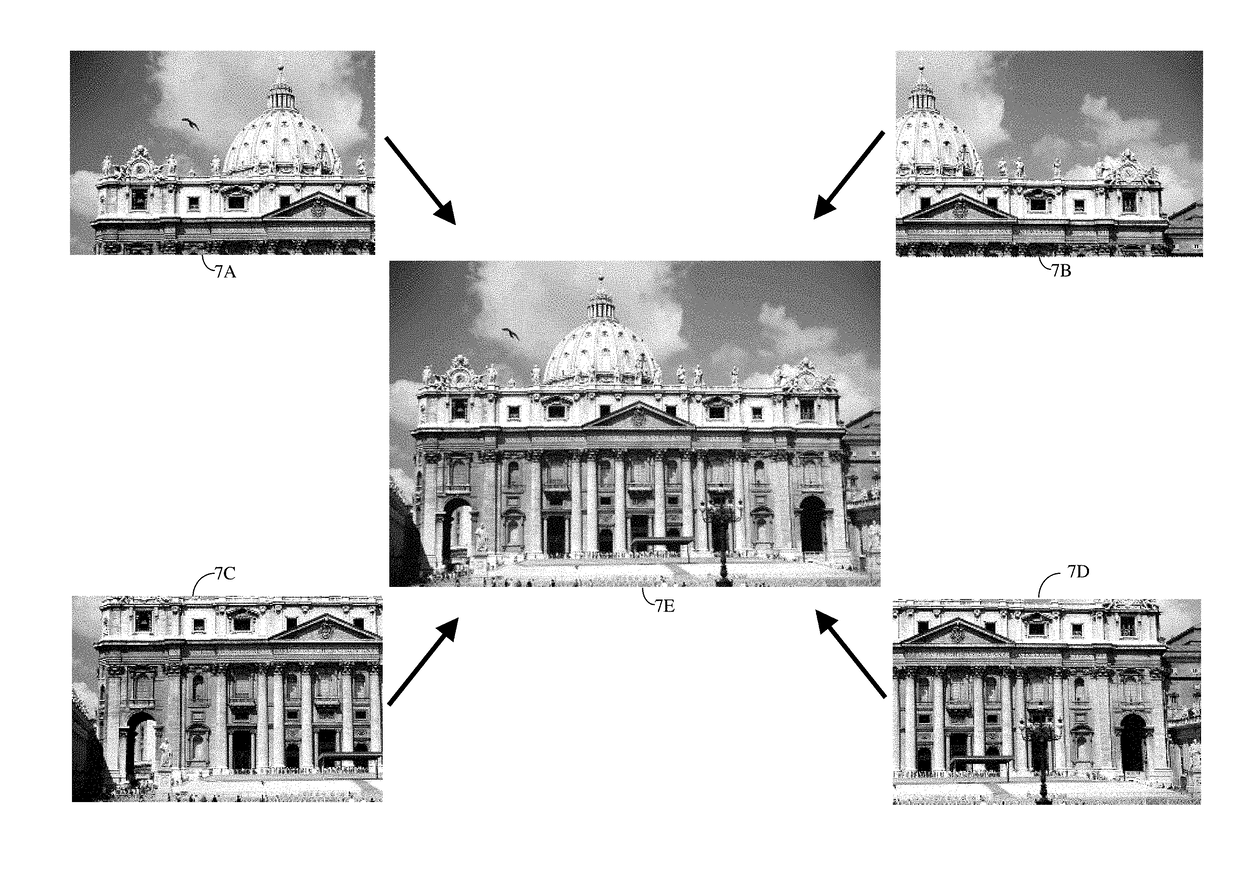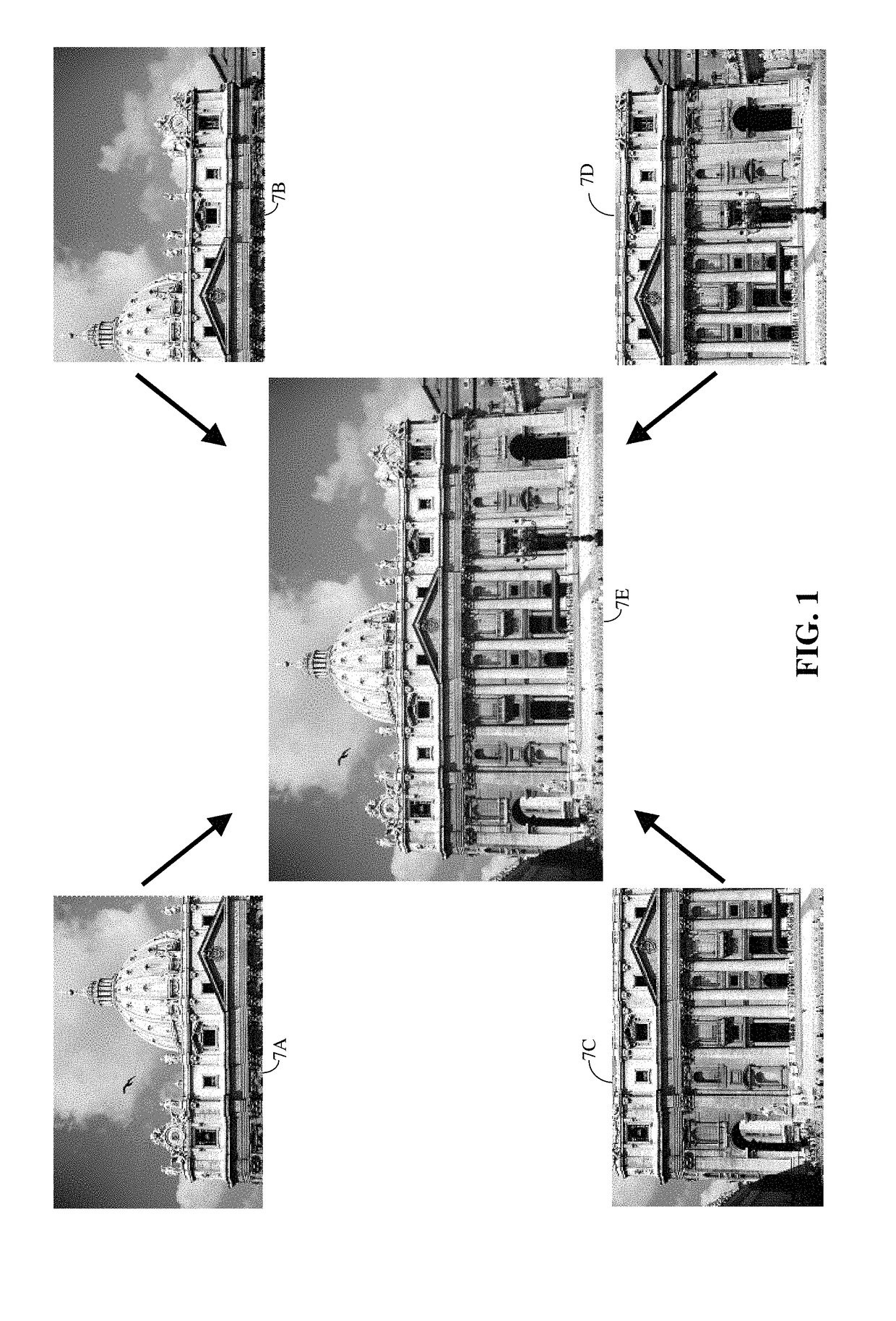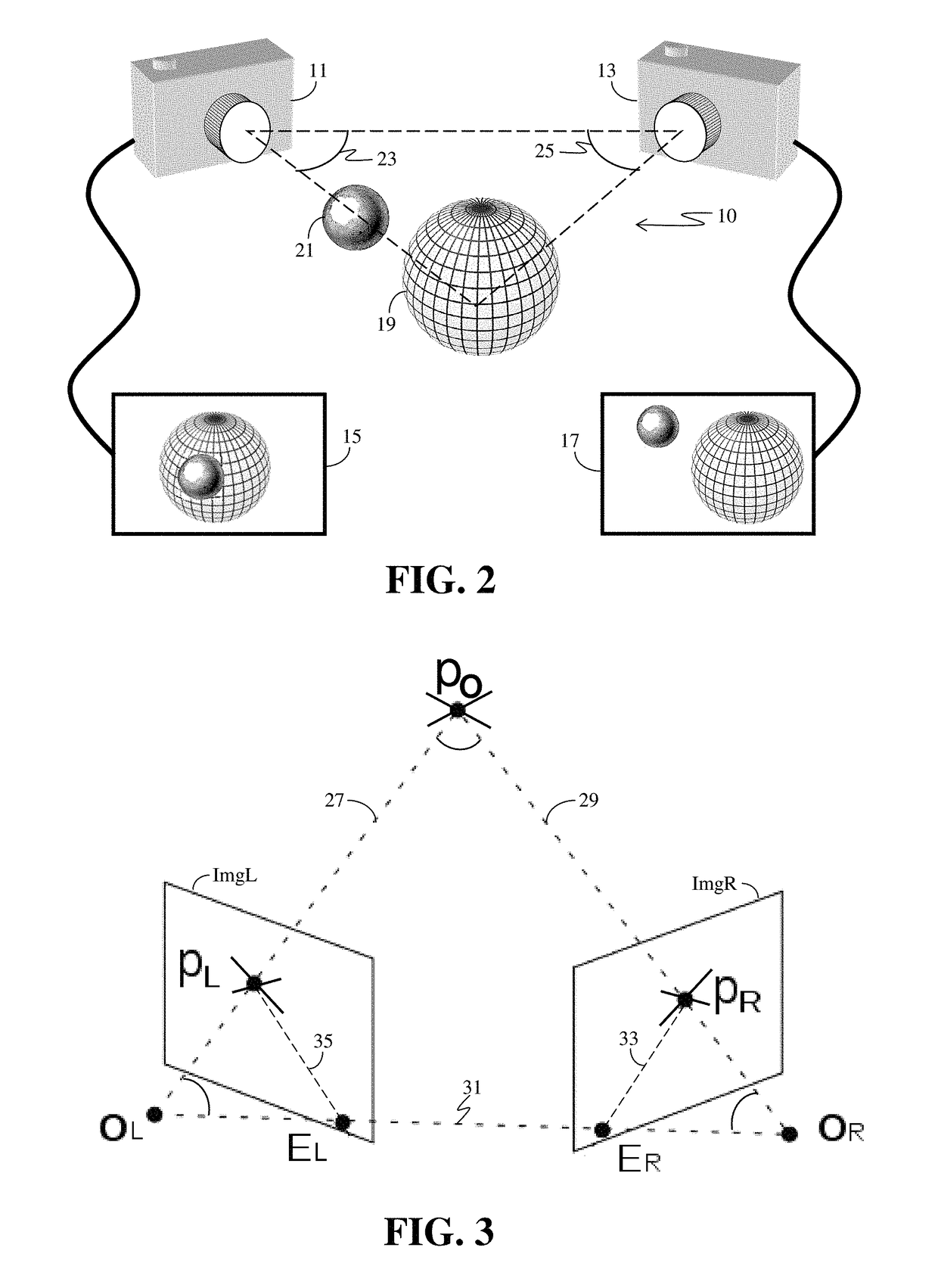Multiple Hypotheses Segmentation-Guided 3D Object Detection and Pose Estimation
- Summary
- Abstract
- Description
- Claims
- Application Information
AI Technical Summary
Benefits of technology
Problems solved by technology
Method used
Image
Examples
Embodiment Construction
[0062]Automated manipulation of assembly components (i.e. parts) is critical to the manufacture of many items. There is a need for a robot (or machine of other type) to be able to visually identify an assembly component, and to discern the component's pose (i.e. orientation or arrangement) in order to properly manipulate the component. There is a further need for recognition of the assembly component in a cluttered scene, i.e. to identity a specific target component among a pile of such components or among a cluttered collection of different assembly component / part types.
[0063]It is presently preferred that such an automated system be able to receive 3-dimensional (3D) images (i.e. perspective images), which provide depth information about a scene, such as an assembly line, to identify a target object in the scene, and to extract pose information of the target object.
[0064]The 3D images of target objects may be produced by means of a 3D imaging system, such as a 3D laser scanner, a ...
PUM
 Login to View More
Login to View More Abstract
Description
Claims
Application Information
 Login to View More
Login to View More - R&D
- Intellectual Property
- Life Sciences
- Materials
- Tech Scout
- Unparalleled Data Quality
- Higher Quality Content
- 60% Fewer Hallucinations
Browse by: Latest US Patents, China's latest patents, Technical Efficacy Thesaurus, Application Domain, Technology Topic, Popular Technical Reports.
© 2025 PatSnap. All rights reserved.Legal|Privacy policy|Modern Slavery Act Transparency Statement|Sitemap|About US| Contact US: help@patsnap.com



